The vast majority of train trips in America are pretty leisurely and slow. Most of the time, train travel is a romantic way to get around, but it’s not necessarily a fast one. That is, unless you live along America’s iconic Northeast Corridor, the home of America’s fastest train, the Amtrak Acela. Amtrak’s flagship just got cooler, more comfortable, and a touch faster. Now, you can blast down the east at 160 mph.
The subject of high-speed rail is a touchy one in America. If you love trains as much as I do, then you know that speeds that are impressive for American trains have long been surpassed elsewhere. According to the Railway Gazette International’s World Speed Survey 2025, Chinese high-speed trains are the fastest in the world, with trains averaging 197 mph between stops. That’s only average speeds. As the High Speed Rail Alliance writes, trains in China often operate at 220 mph, with trains in Europe speeding down the track at 200 mph.
Things get even crazier when you look into world records. The fastest train in the world with conventional wheels was the 2007 French TGV (Train à Grande Vitesse) modified trainset, which ripped down the tracks at 357.2 mph. The fastest unmodified production train was the 2003 Shanghai Maglev Train, which hit an impressive 311 mph.
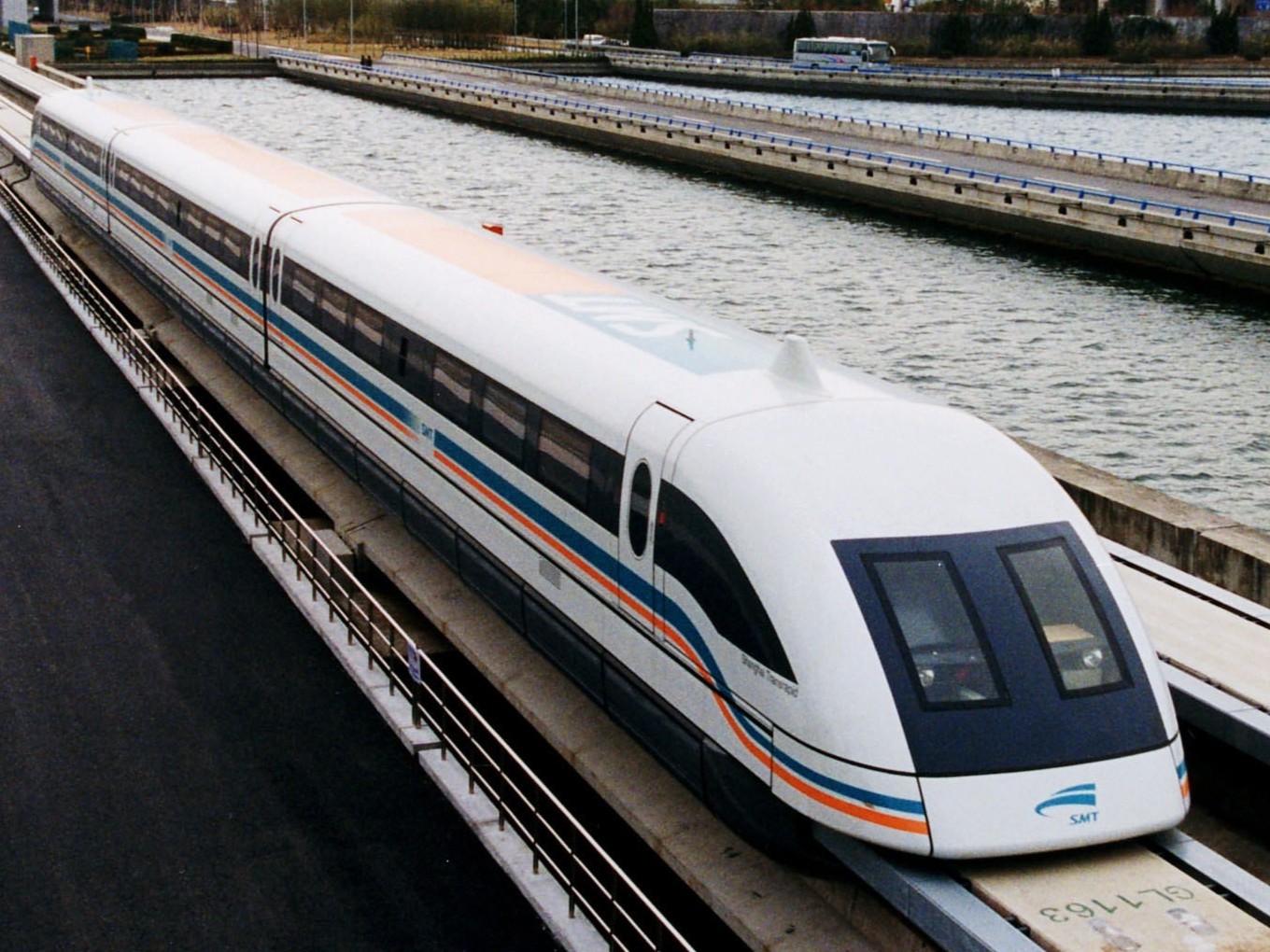
So, you could argue that America is behind much of the world when it comes to passenger trains. Tons of ink have been spilled explaining why, from the lack of dedicated high-speed infrastructure and freight train priority to the high cost to acquire land, building materials, and labor. Of course, plain ol’ American politics get in the way, too.
Yet, what America has achieved despite the challenges is pretty amazing. Amtrak has successfully delivered Acela service for nearly 25 years. Now, the trains have gotten just a touch faster, more comfortable, and a lot cooler. Meet the Amtrak Acela NextGen.

The Quest For Speed
The story of how Amtrak, America’s national passenger railroad, ended up with the Acela is perhaps as fascinating as the train itself. As the New York Times reported in 2005, it all started with envy for what other countries had, from the NYT:
A high-speed rail system had long been the dream of Amtrak officials. W. Graham Claytor Jr., Amtrak’s president from 1982 to 1993, envisioned a system of sleek trains that would be tested on the corridor between Boston and Washington, adapted to the Midwest and the South, and eventually run down the spine of the California coast.
Inspired by the successes of Japan’s bullet train and high-speed networks across France, Germany and Spain, Congress also became involved. In 1976, and again in 1992, it authorized billions of dollars to improve the railbeds and electrical systems along the Northeast Corridor. And it set a goal that Amtrak must provide Boston-to-New York service in under three hours.
It was more than an arbitrary benchmark. Marketing experts said that travelers would consistently choose to fly, even with the added costs and inconveniences of traveling to airports and waiting for flights, over train rides lasting longer than three hours. And bankers demanded that Amtrak reduce its train times to receive financing.
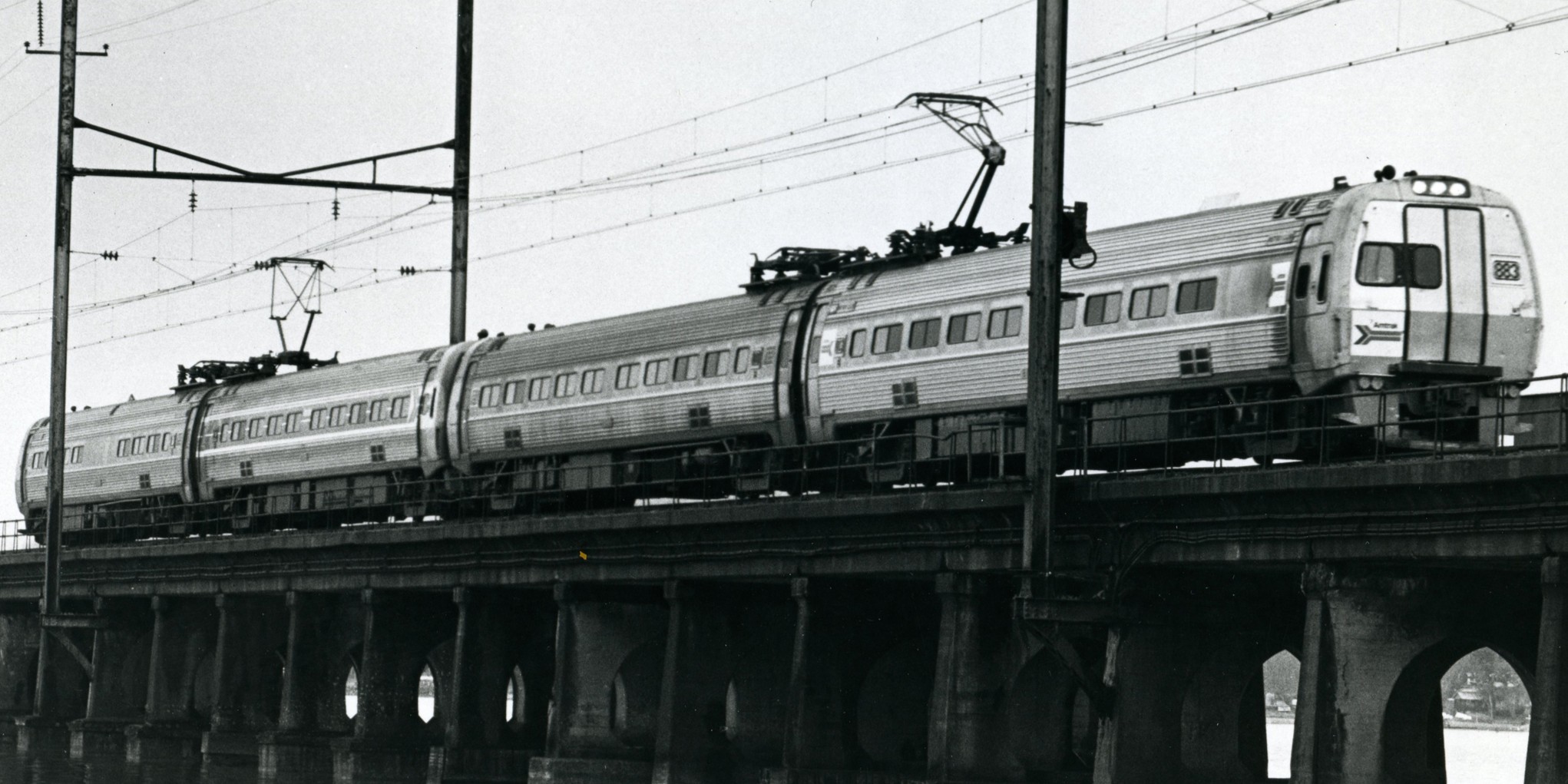
To give itself more of an edge, Amtrak repaired bridges, corrected track deficiencies, replaced wooden ties with concrete ties, and even electrified its rails between Boston and New Haven. This did speed up trains, but it wasn’t enough. Amtrak was going to need billions in cash if it was going to build a rail network that would allow a train to travel at 150 mph for any real length of time. That money would go into trainsets, but also into the infrastructure, which needed longer stretches of straight rail and gentle curves to permit the speeds seen in other countries.
The NYT picks up the story again in 1992:
In 1992, Amtrak began testing two European trains between Washington and New York: the Intercity Express, or ICE train, from Germany and the X2000 from Sweden. Some Amtrak officials thought the X2000 was well suited for the Northeast Corridor because of a tilting mechanism that reduced centrifugal force on passengers when the train sped around curves. The line between Boston and New York is among the most winding in the country.
But the Swedish company decided not to bid on the contract because it did not want to make the changes required by federal regulators to adapt its lightweight European train to America, said a former senior Amtrak official who asked not to be identified because he has taken another job in the transportation industry.
At the same time, the new Republican majority in Congress was pressing Amtrak to become self-sufficient. The railroad’s board was looking for a high-speed train that could help achieve that goal by attracting new riders without costing too much. Bombardier-Alstom’s bid seemed to promise all that.

In 1993, the Japan Railway & Transport Review wrote that Amtrak called for bids to build its new train. But the requirements were high. Not only did these trains have to speed down rails that were laid in the 19th century, but unlike the Japanese Shinkansen and unlike the French TGV, the high-speed train would not get its own track. Instead, the American train would share trackage with freight trains, and it was decided that America’s trains had to survive a crash with a freight train.
Only three companies met that criteria: ABB, Bombardier and Alstom working as a team, and Siemens.
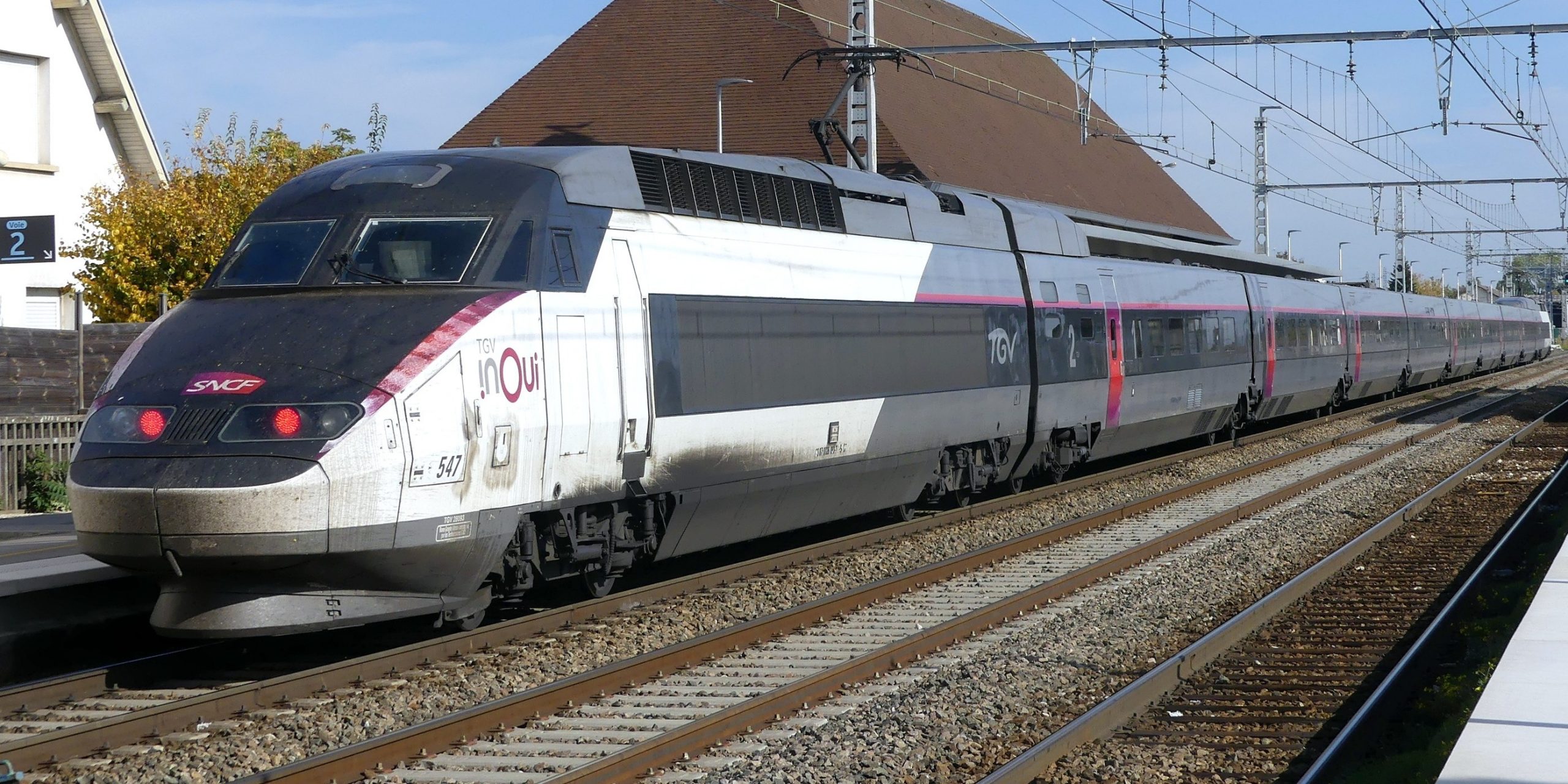
Eventually, it was decided that the best and most affordable plan forward was to adapt France’s TGV trainsets for America, which were designed by Alstom. The TGV seemed to be a great bet because those trains were high-speed and leaned, achieving the desired reduction in centrifugal force.
Reportedly, the trains were supposed to be assembled in New York and Vermont, which would have added jobs to the American economy. Bombardier and Alstom, with help from the Canadian government, offered Amtrak a sweetheart deal of a loan for $600 million to kickstart the project. As the NYT reported, if Amtrak was able to stay on budget, it was effectively like getting a whole new kind of train without any initial investment on its part.
A Tank Of A Train

In theory, Amtrak thought it could just drop some TGV trains on American rails with few changes and laugh all the way to the bank as riders switched to American high-speed rail. Amtrak reportedly saw itself taking an easier path, one without the cost overruns seen at the Department of Defense.
In reality, the development of the American Flyer, which would later be named the Acela Express (“acceleration” and “excellence” mashed together), would be fraught with difficulties. The Federal Railroad Administration determined that the TGV didn’t meet American crash safety standards. Reportedly, the FRA issued thousands of design changes, and the changes were often tiny, like what chimes should be used in the train.
Bombardier-Alstom found out that in order to meet the aforementioned safety standards, they had to meet a buffer strength requirement in the driver’s cab of 1,199,998 pounds, or twice the standard that the same train would have to meet in the international market. The train itself would end up weighing about double what its European counterparts would. As the New York Times wrote, this meant that, despite visual similarities, the Acela became a vastly different train than the design it started with.
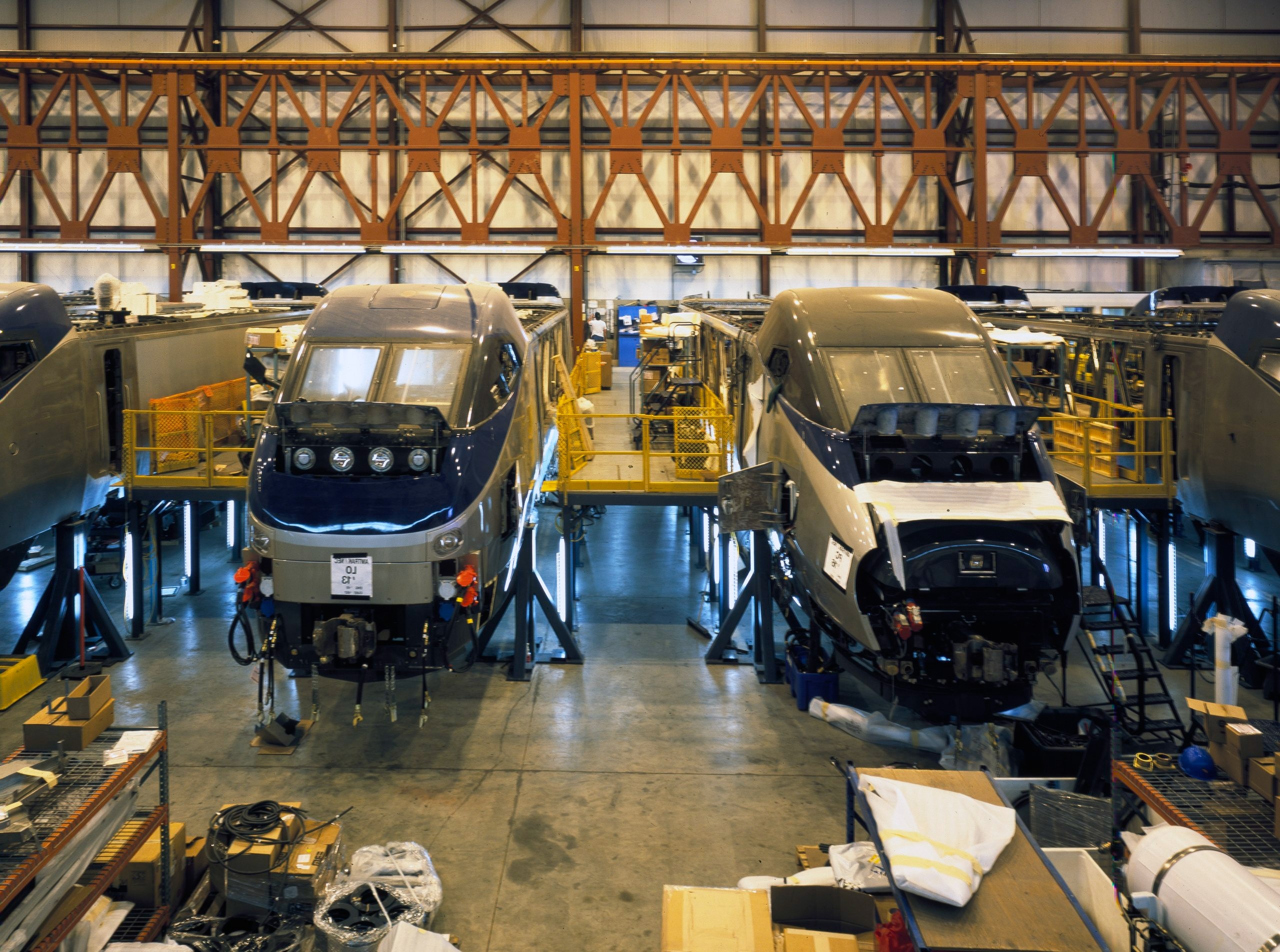
The Acela also had plenty of goofs in its development, like the discovery that the passenger coaches were four inches too wide, another discovery of cracked bolts, and undesired wheel oscillation. Acela Express trainsets were mostly built in America, as stipulated by the contract, with some parts coming from France.
The first Acela trains would leave the station in service in December 2000. The Acela’s time on the rails hasn’t gone smoothly. The trains had to be sidelined multiple times due to various issues. The impetus for the 2005 NYT story was Amtrak parking all 20 Acela trainsets due to cracked brakes.
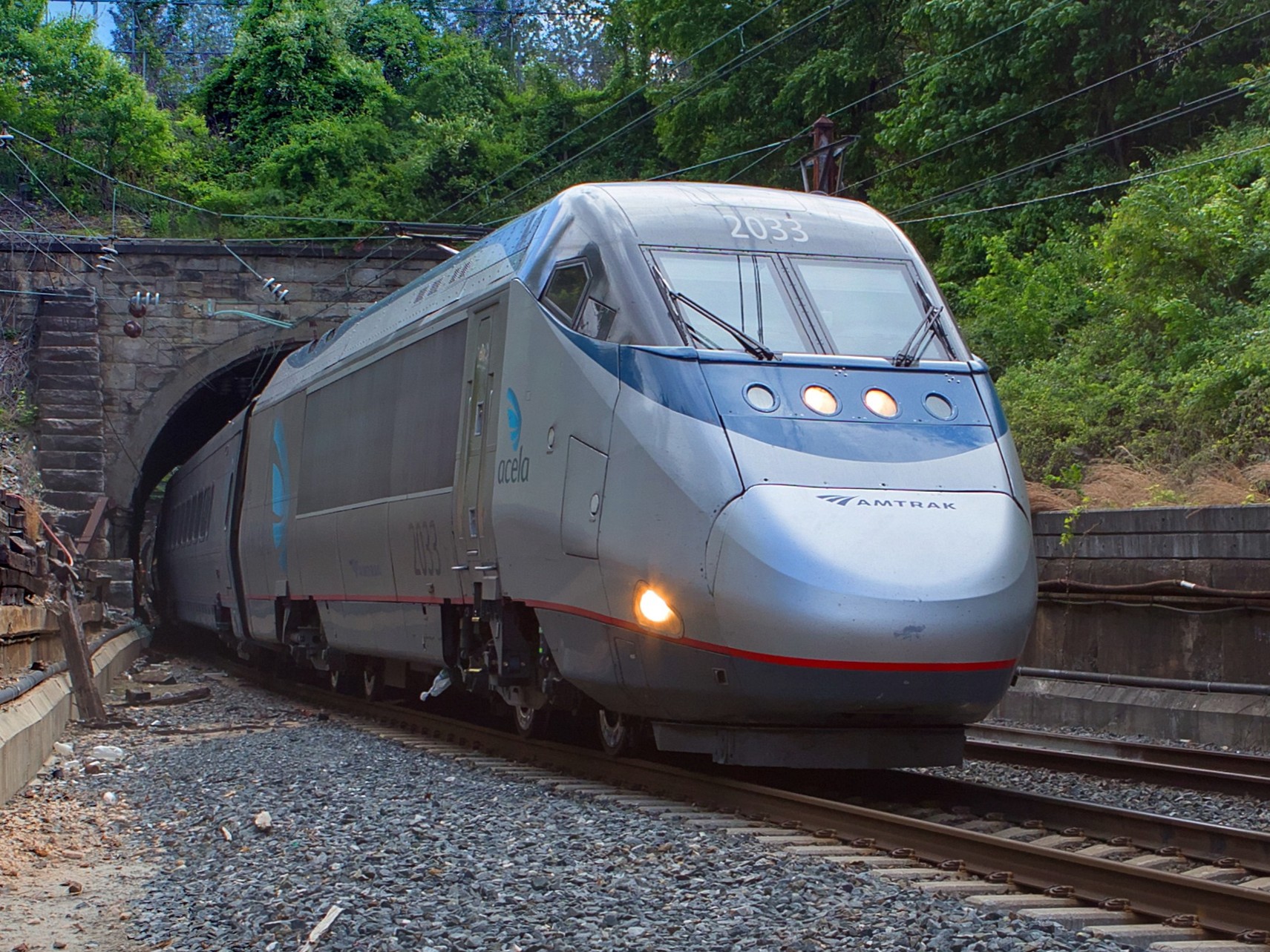
The Acela Express trains featured power cars making a combined 6,169 horsepower using four asynchronous AC motors per power car, tilting coaches, and a designed top speed of 165 mph. NYT reported that Acela trains went as fast as 170 mph in testing. Trains regularly hit 150 mph, though, sadly, due to old bridges, old catenaries, even older tunnels, urban environments, and other restrictions, Acela trains actually spend much of their time at speeds of less than half of 150 mph.
As the Japan Railway & Transport Review reported, the Acela was a success. When the Acela launched, Amtrak had a 36 percent market share of the lucrative travel market between New York and Washington, DC. By the time the Japan Railway & Transport Review article was published in 2005, Amtrak held 53 percent of the market, with airlines taking up the other 47 percent. The New York to Boston route saw its market share grow from 18 percent to 40 percent. Japan Railway & Transport Review notes that the airlines felt enough heat that they started publishing ads that were critical of trains.
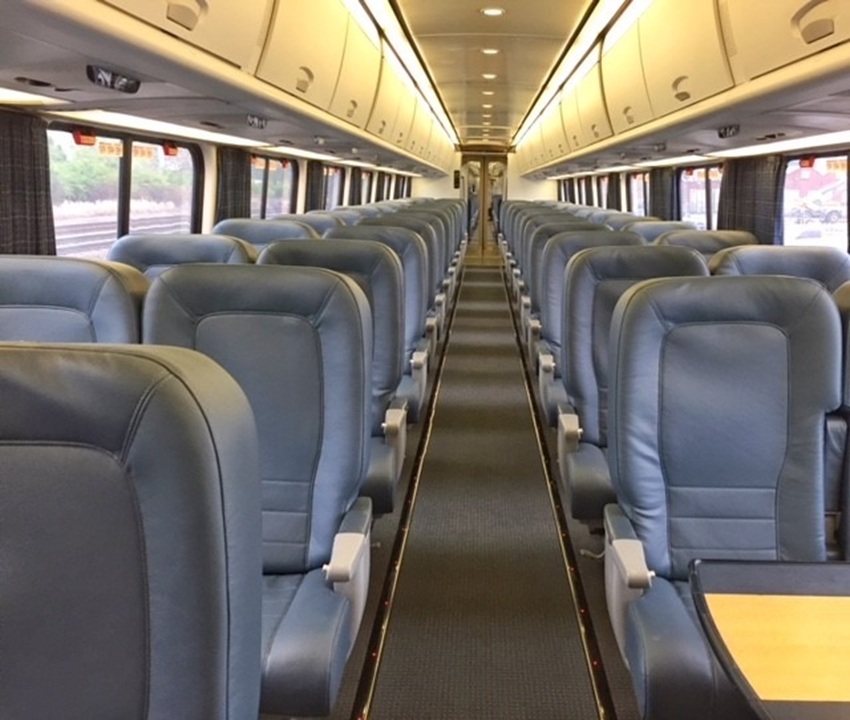
As of 2025, Acela trains can make the connection between New York City and Washington, DC in 2 hours and 47 minutes. The average flight time between the same two cities is 1 hour and 25 minutes. Yes, technically, the train does take longer. However, once you factor in getting to the airport early, going through security, and waiting at the gate, the train is likely to be faster, and certainly much less invasive.
The Acela is good at generating money. Amtrak says that in 2024, the Acela deposited $530 million into Amtrak’s coffers. The railroad reported in 2023 that it makes $34 per passenger in profit from its Acela trains, too. The Northeast Corridor regularly returns great cash for Amtrak. In comparison, Amtrak’s long-distance routes cost the railroad $150 per passenger in 2023. Some argue that profits should not be the mission of America’s railroad, but such discussions of money keep arising when talking about Amtrak’s performance.
Acela NextGen

That brings us to the new train, the flashy Acela NextGen that just entered service at the end of August.
In 2016, Amtrak announced that it had scored $2.45 billion in loans from the U.S. government and that a chunk of that cash was going into a contract with Alstom. The 28 trainsets that Amtrak ordered from Alstom are destined to replace the original 20 Acela trainsets while also providing service improvements across the board. In other words, the new Acela trains are supposed to make Amtrak’s profitable high-speed train into even more of a money-maker.
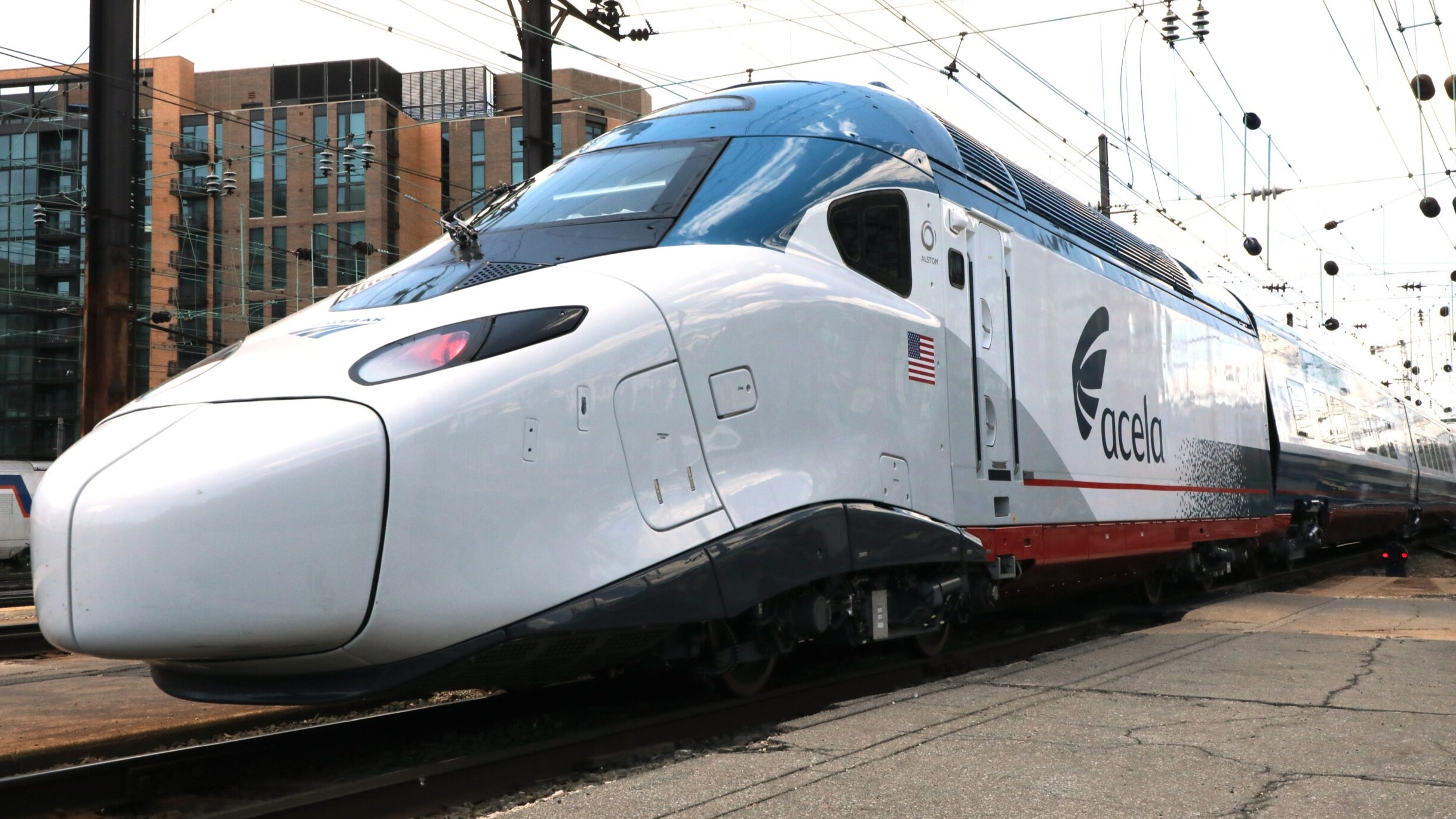
This time, Amtrak’s new train is based on the Alstom Avelia family of high-speed trains, and is given the class name of Avelia Liberty. Amtrak calls it the Acela NextGen, and in 2022, while the trains were still in development, Trains.com described why they are a big deal:
The new trains will consist of 11-unit sets, made up of 2 power cars, a first-class car, a café car, and 7 business-class cars, one of which will be a designated quiet car. They are being built by French manufacturer Alstom at its plant in Hornell, N.Y. Offering 380 seats each, the 28 trainsets will replace the current version of Acela — 20 eight-unit trainsets with 304 seats, dating from 1999-2000.
Noah Heulitt, project director for Alstom, said the new trainsets are lighter than the existing Acelas, reducing axle loadings from 23 tons to 17 tons and dropping total unloaded weight from 585 tons to 499.1 tons. As a result, he said, the combined power-car rating dropped from 6,169 hp in each existing Acela set to 4,758 hp for the new version
Even with the lighter weight, Heulitt said, the cars meet the Federal Railroad Administration’s buff-loading crashworthiness test requirement of 800,000 pounds. Fifteen of the 28 sets are in “some phase of production,” he said.
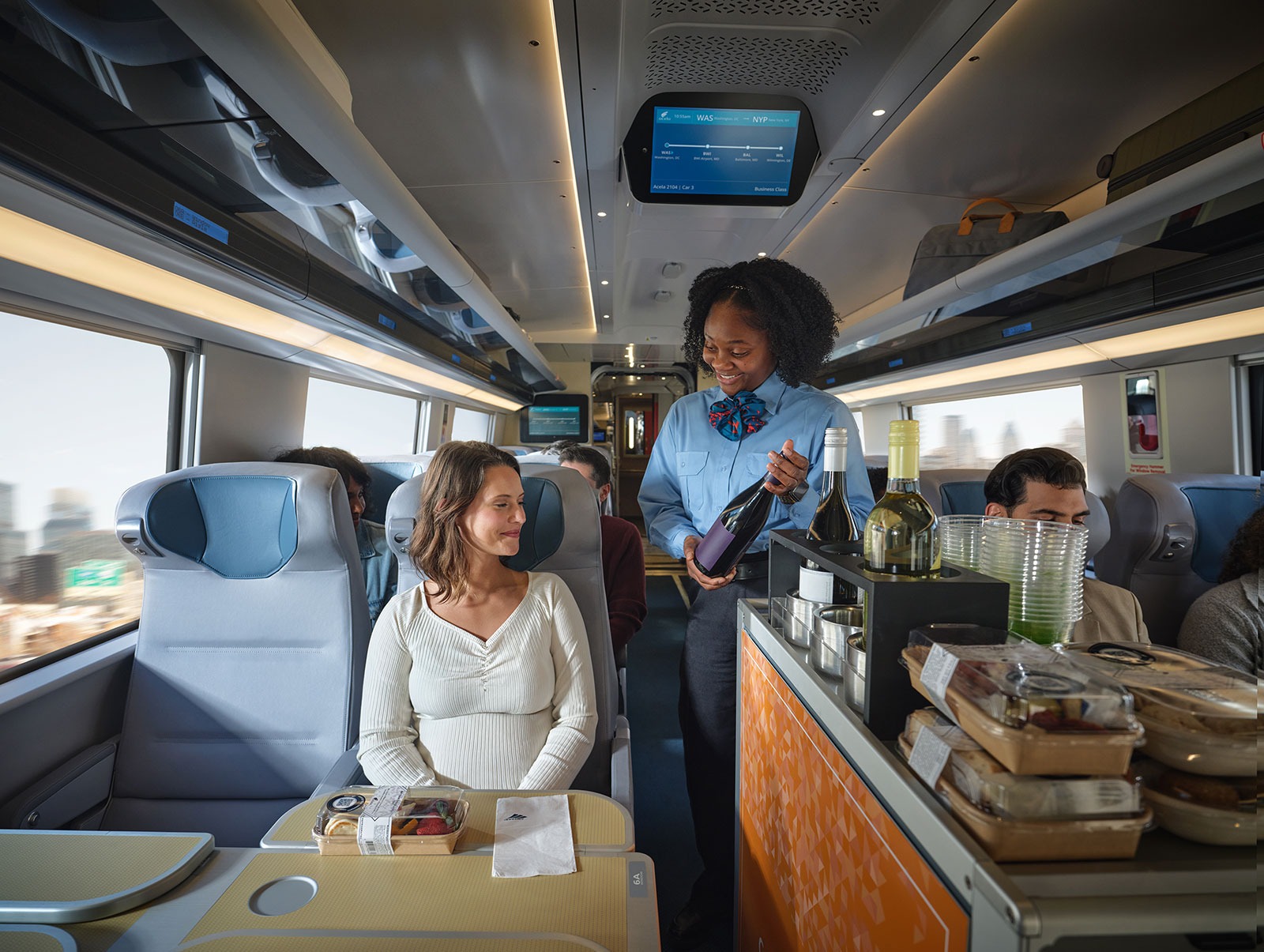
The improvements weren’t just in weight and power, either. As the New York Times wrote recently, the new coaches have a futuristic interior, comfortable seats, bigger windows, and faster Wi-Fi. The new trains look even closer to their TGV counterparts, too, which, at least, the Chicago-area railfans I’ve talked to seem to love. I dig the new looks, too.
Something that Amtrak is particularly proud of is the fact that the Acela is now more American-built than ever. The trains are assembled in Hornell, New York, featuring more than 180 parts and assemblies from manufacturers across 29 states. Amtrak says that building these trains creates 15,000 jobs and that the full new fleet of 28 trainsets should be delivered in 2027.
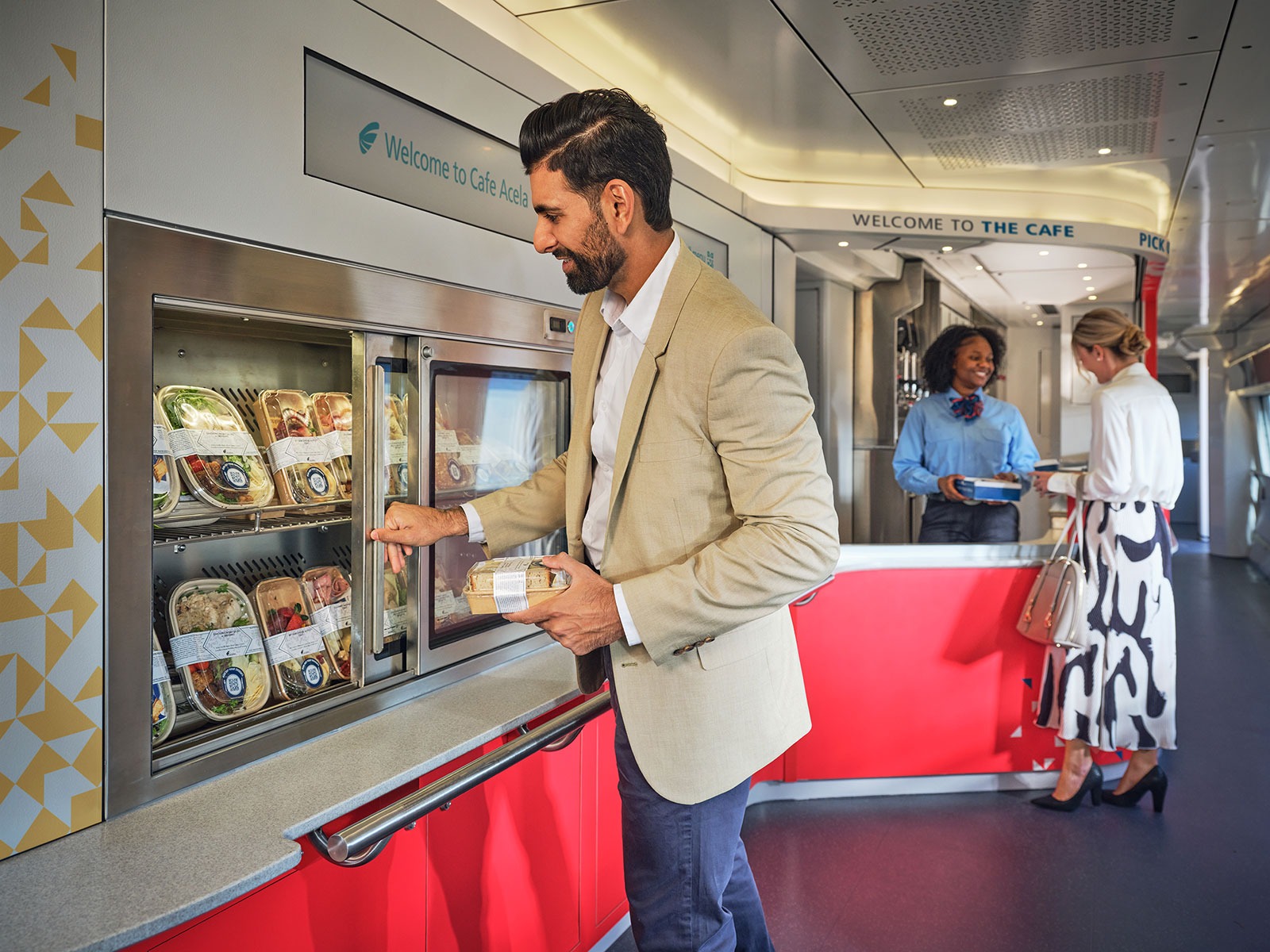
Sadly, despite all of the cool upgrades, the new Acela isn’t meaningfully faster. The trains now have a service speed maximum of 160 mph, 10 mph faster than the older Acelas. Now, that’s not because of the train itself — the Avelias can go over 200 mph — but because of the same limitations that slowed the older Acelas down. In fact, Amtrak says that the Acela NextGen will be able to hit 160 mph on only 35 miles of the 457 miles of the corridor it speeds through.
Because of this, the new flashy train is not going to result in a change in timetables. Weirdly, as the NYT reported, on the inaugural trip, the train traveled from Boston to Washington in 7 hours and 4 minutes, which was 24 minutes slower than the older Acela.
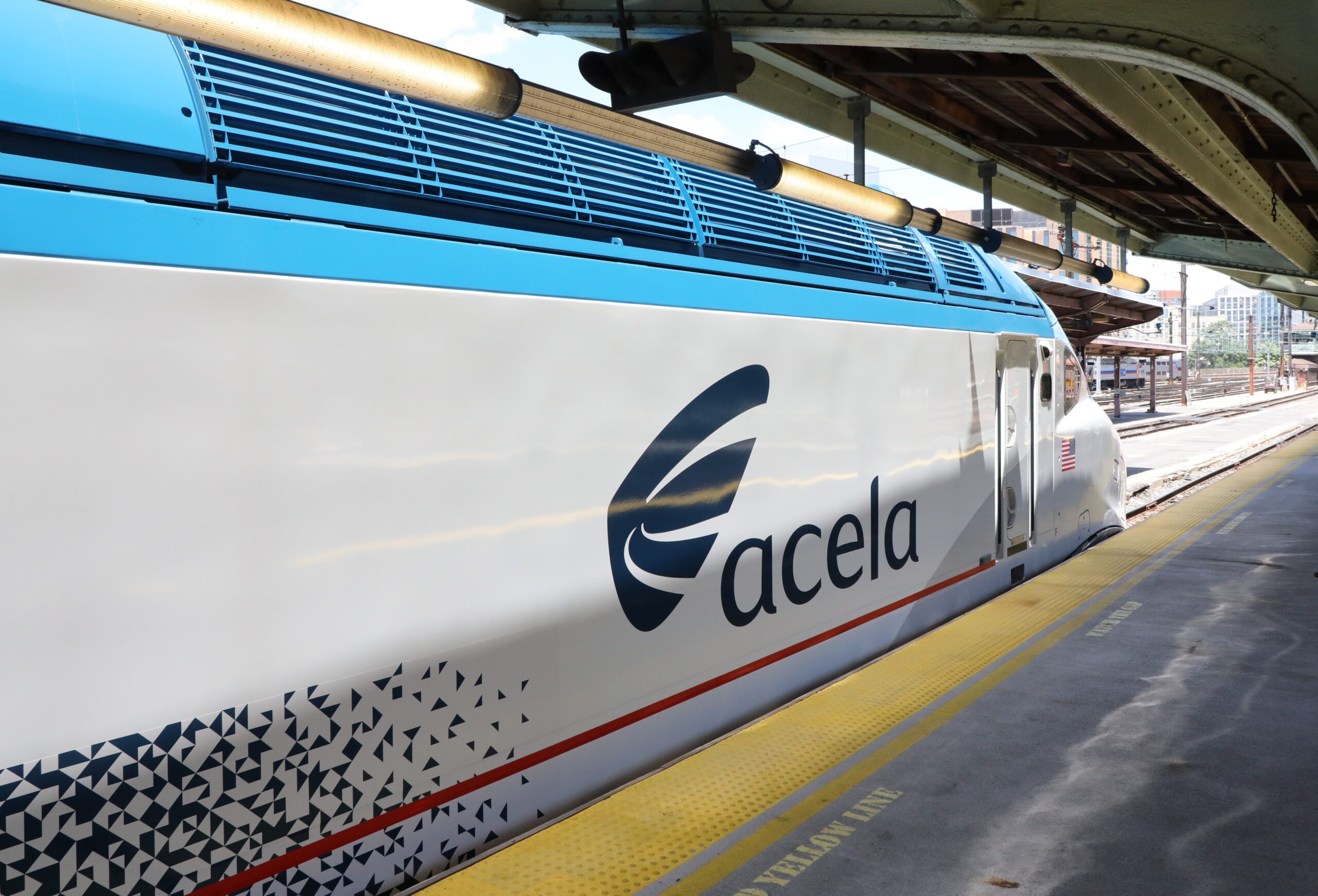
However, speed wasn’t exactly Amtrak’s goal. Amtrak is hoping to increase ridership in part by using the 82 more seats per train to sell more tickets. Through this, Amtrak hopes to boost ridership by 50 percent by 2030.
Riding The Rails
If you’re looking to take a ride, Amtrak has some tips:
How to book your seat: NextGen Acela trains are marked with a unique ‘tag’ on Amtrak.com and in the Amtrak app, making them easy to identify when booking. You can also look for the following train numbers (subject to change):
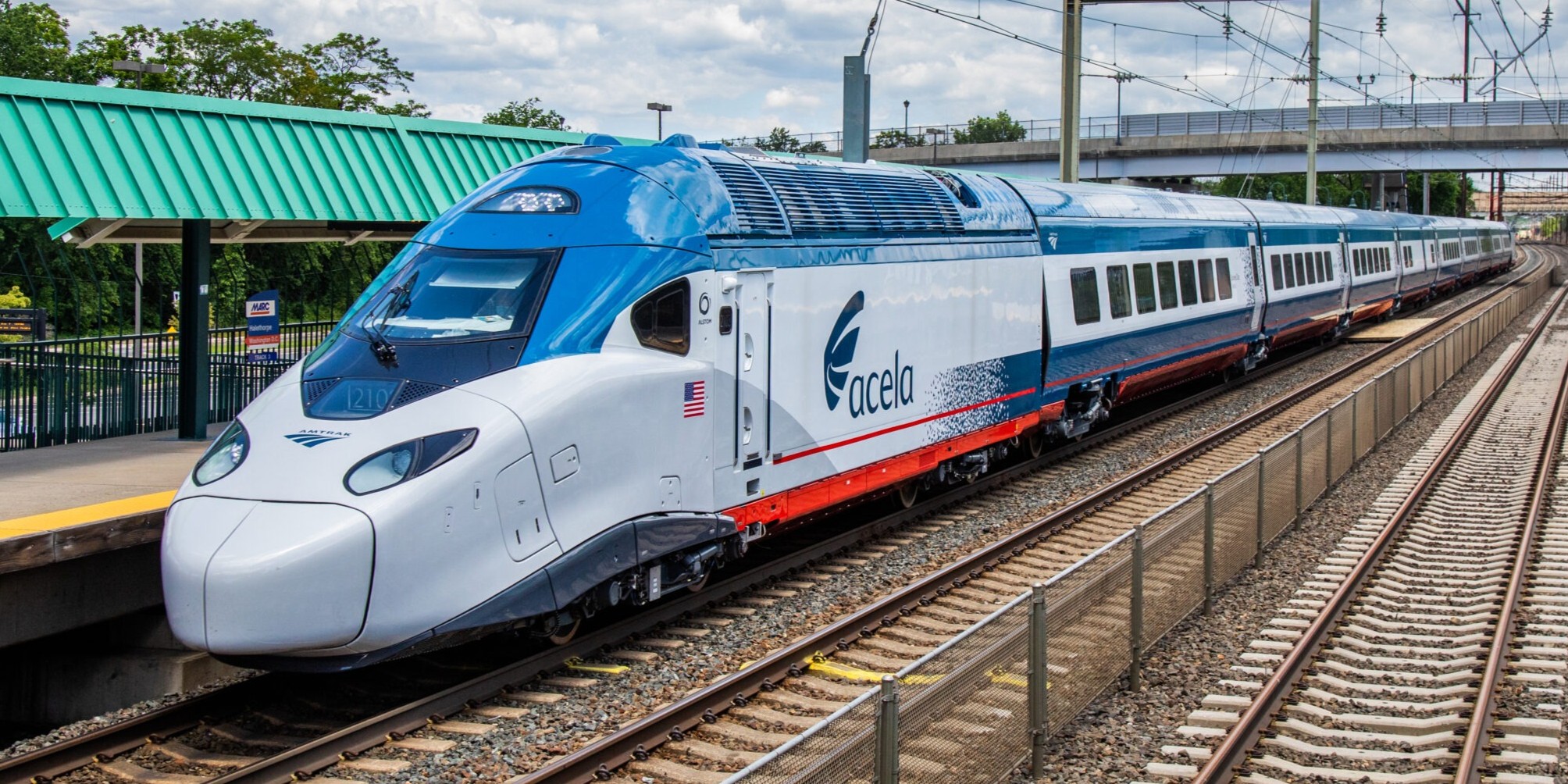
Weekdays: Trains 2153, 2154, 2170, and 2173
Saturdays: Trains 2250 and 2251
Sundays: Trains 2248, 2258, 2259, and 2271Premium onboard features: The new NextGen Acela offers an elevated experience, with features and amenities that today’s savvy travelers expect, plus everything they need to be productive along the way: free, high-speed 5G-enabled Wi-Fi, as well as individual power outlets and reading lights.
Food and beverage: An enhanced onboard dining experience, with a selection of high-quality, fresh, food and beverages is available in the new Cafe Acela, plus cart service in Business Class.
I have never ridden in an original Acela, despite being a fan of them since I was a kid. It sounds like I should make up an excuse to get myself and other Chicago railfans out to the Northeast Corridor. Sure, the new Acelas aren’t much faster and aren’t nearly as crazy as what you can ride in France or China, but this is still really cool. If anything, the new Acela NextGen is just proof that you shouldn’t pass up on a train ride if you get the chance, because trains have been awesome and will always be spectacular. Who knows, maybe you’ll see me on the rails.
(Top graphic: Amtrak)

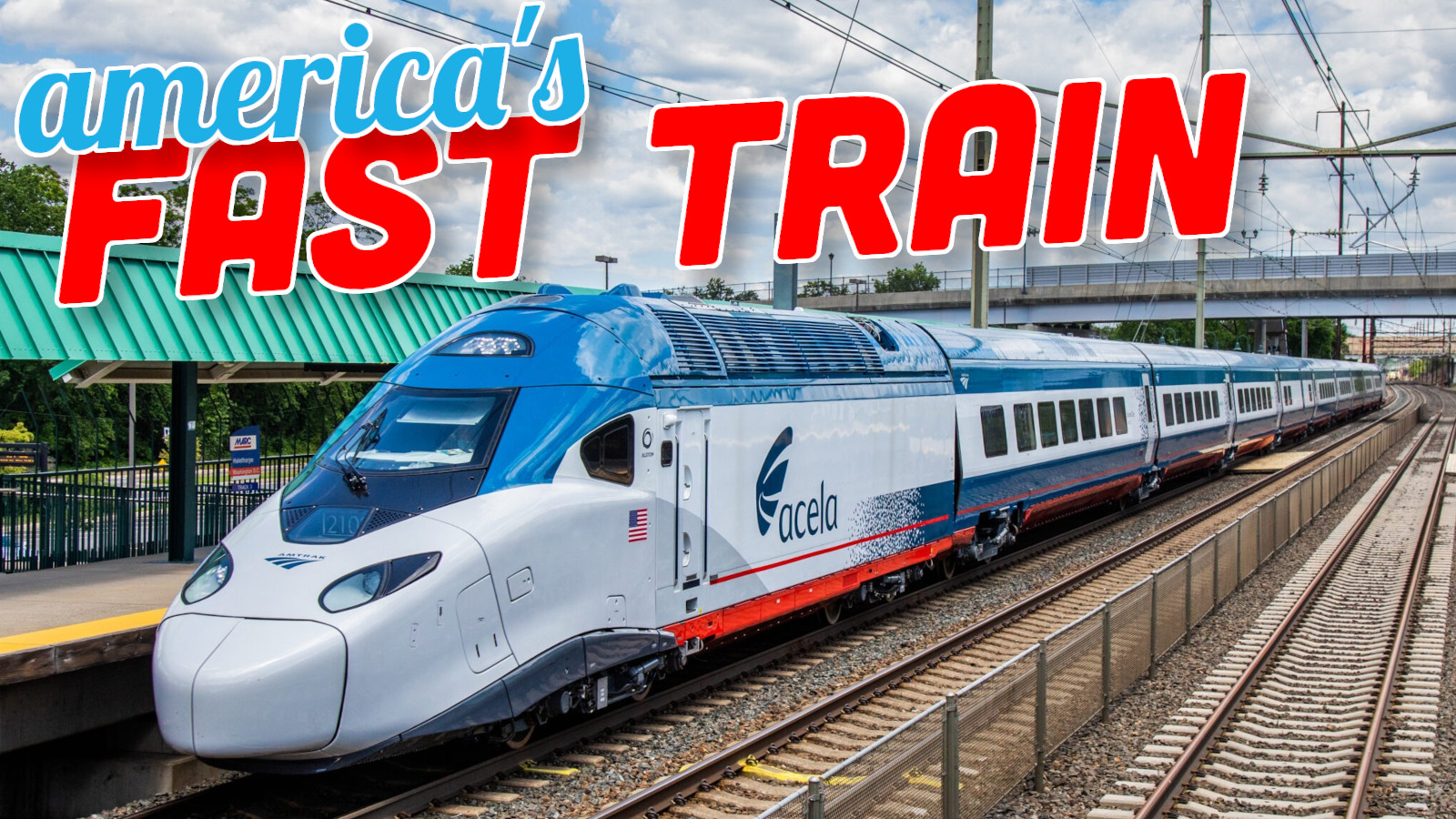





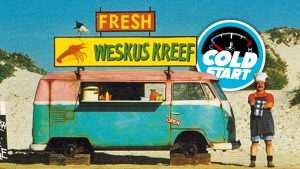
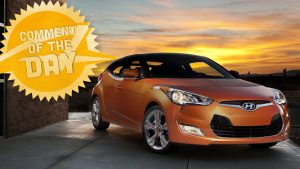
I took the Acela round-trip from Boston to D.C. in the summer of 2024.
It was $100 cheaper than flying for the same dates. It left and arrived on schedule. The one-way took just under 7 hours from South Station (downtown Boston) to Union Station (downtown D.C.).
That sounds like a bad time, but there was no driving out to the airport, waiting in airport security, wending my way through a labyrinthine airport terminal, arriving at another labyrinthine airport terminal, and taking a car through traffic from the airport into downtown. In real time, flying would have been at least 6 hours for 2.5 hours in the air.
And the Acela train was wonderful! I had leg room, I had a giant window to watch the scenery, I had a massive table to work on, the train was quieter, I had more luggage space, the food was better, the toilets were better … In every way, taking the train to D.C. beat flying, hands down.
I will always take the Acela for that trip from now on.